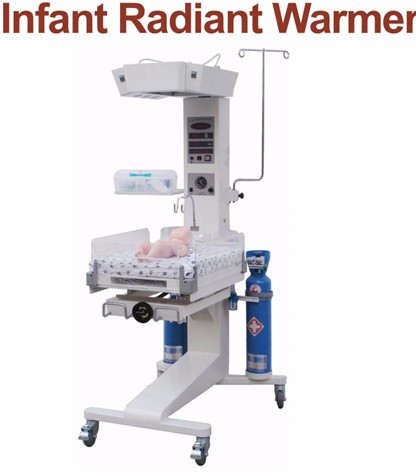The nurse is caring for a new mother and newborn in a rooming-in unit and watches the mother put the infant in the bed, lying on her side, propped up with a pillow. The nurse should point out that this position can increase the risk of which situation?
Gastroesophageal reflux
Sudden infant death syndrome
Apnea episodes
Sleeping for short intervals
The Correct Answer is B
Sudden infant death syndrome (SIDS) is the sudden and unexplained death of an infant under one year of age. SIDS is more likely to occur when infants sleep on their stomachs or sides, or when they are propped up with pillows or other soft bedding. These positions can interfere with the infant's breathing and increase the risk of suffocation or overheating .
Choice A is incorrect because gastroesophageal reflux (GER) is a common condition in infants that causes them to spit up frequently after feeding. GER does not increase the risk of SIDS and can be managed by feeding smaller amounts, burping the infant often, and keeping them upright for a while after feeding.
Choice C is incorrect because apnea episodes are brief pauses in breathing that occur normally in infants, especially during sleep. Apnea episodes do not increase the risk of SIDS and usually resolve by six months of age.
Choice D is incorrect because sleeping for short intervals is normal for newborns, who need to feed frequently during the day and night. Sleeping for short intervals does not increase the risk of SIDS and will gradually change as the infant grows older.
Nursing Test Bank
Naxlex Comprehensive Predictor Exams
Related Questions
Correct Answer is A
Explanation
This action helps to prevent cold stress. This is because cold stress is a condition where the newborn's core temperature drops below 36.5°C and they use energy and oxygen to generate warmth. This can lead to hypoglycemia, metabolic acidosis, hypoxia, and an increased risk of infection.
Placing the newborn under a radiant warmer provides thermal stability and prevents heat loss by radiation.
Choice B is wrong because thermogenesis is the process of heat production, not a complication.
Choice C is wrong because shivering is a mechanism of heat production in adults, not in newborns.
Choice D is wrong because brown fat production is a normal feature of newborns that helps them generate heat by lipolysis.
Here is an image of a newborn under a radiant warmer.

Correct Answer is A
Explanation
Endometritis. This is because the client's symptoms suggest that she has endometritis, which is an infection of the lining of the uterus. Endometritis is a common postpartum complication that can occur after vaginal or cesarean delivery. The client may also have foul-smelling vaginal discharge, chills, and fatigue.
Choice B is wrong because cystitis is an infection of the bladder that causes pain or burning during urination, not cramping.
Choice C is wrong because dehydration does not cause fever or persistent cramping.
Choice D is wrong because hypovolemic shock is a condition of low blood volume that causes low blood pressure, rapid pulse, and pale skin, not fever or cramping.
Whether you are a student looking to ace your exams or a practicing nurse seeking to enhance your expertise , our nursing education contents will empower you with the confidence and competence to make a difference in the lives of patients and become a respected leader in the healthcare field.
Visit Naxlex, invest in your future and unlock endless possibilities with our unparalleled nursing education contents today
Report Wrong Answer on the Current Question
Do you disagree with the answer? If yes, what is your expected answer? Explain.
Kindly be descriptive with the issue you are facing.
